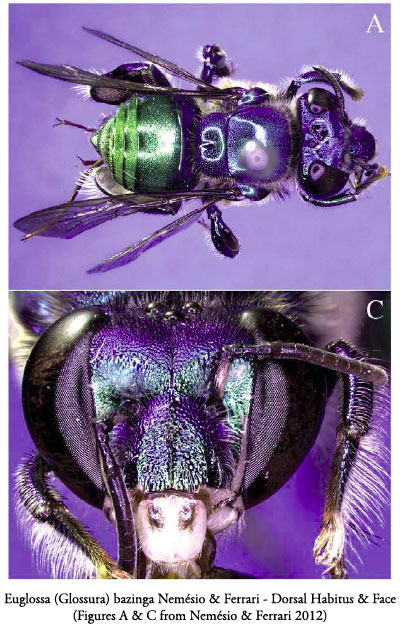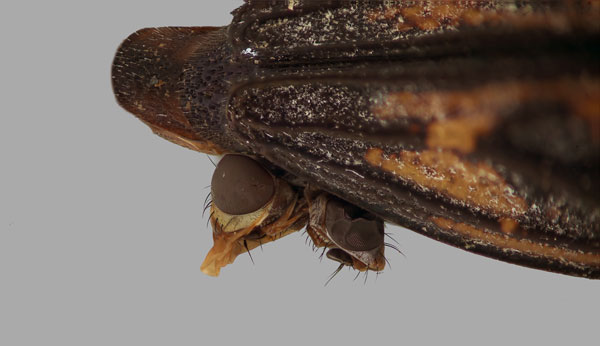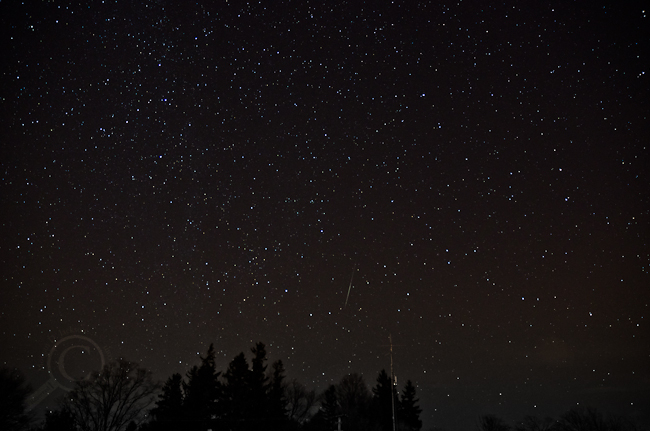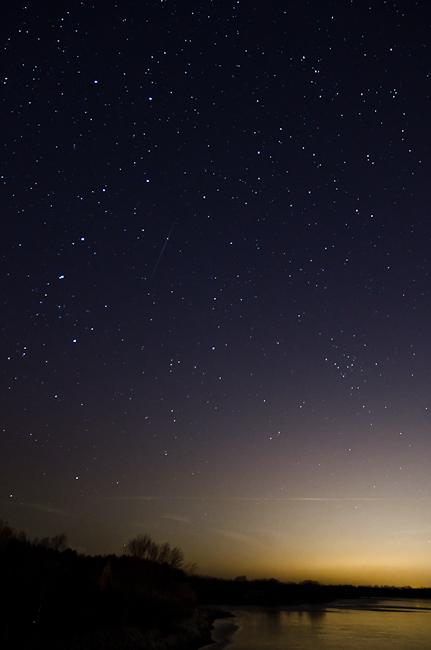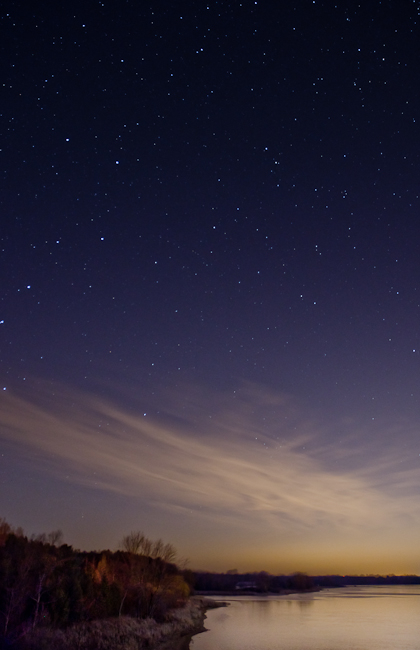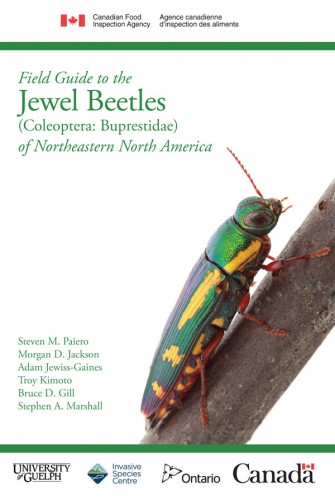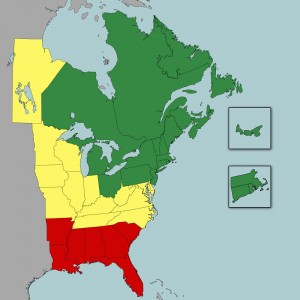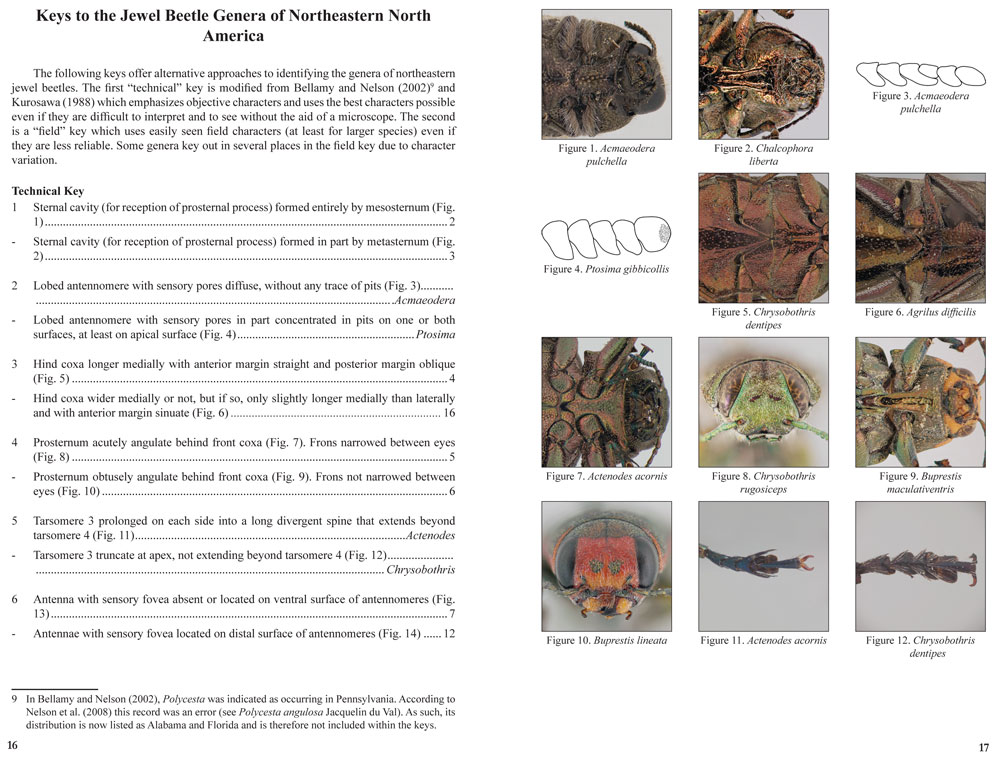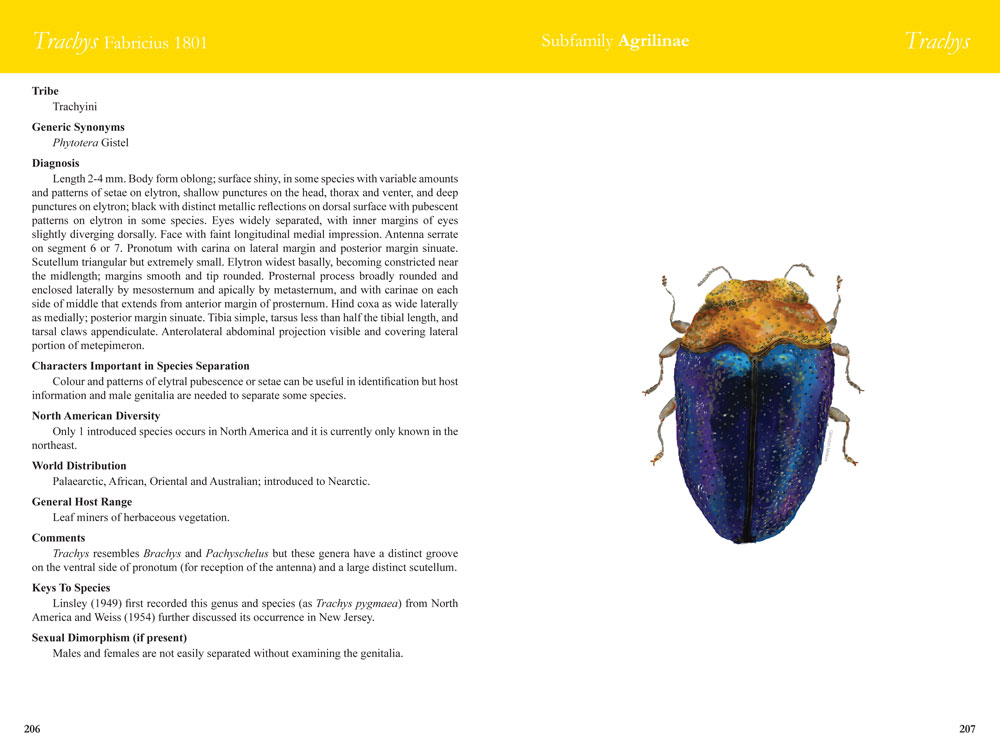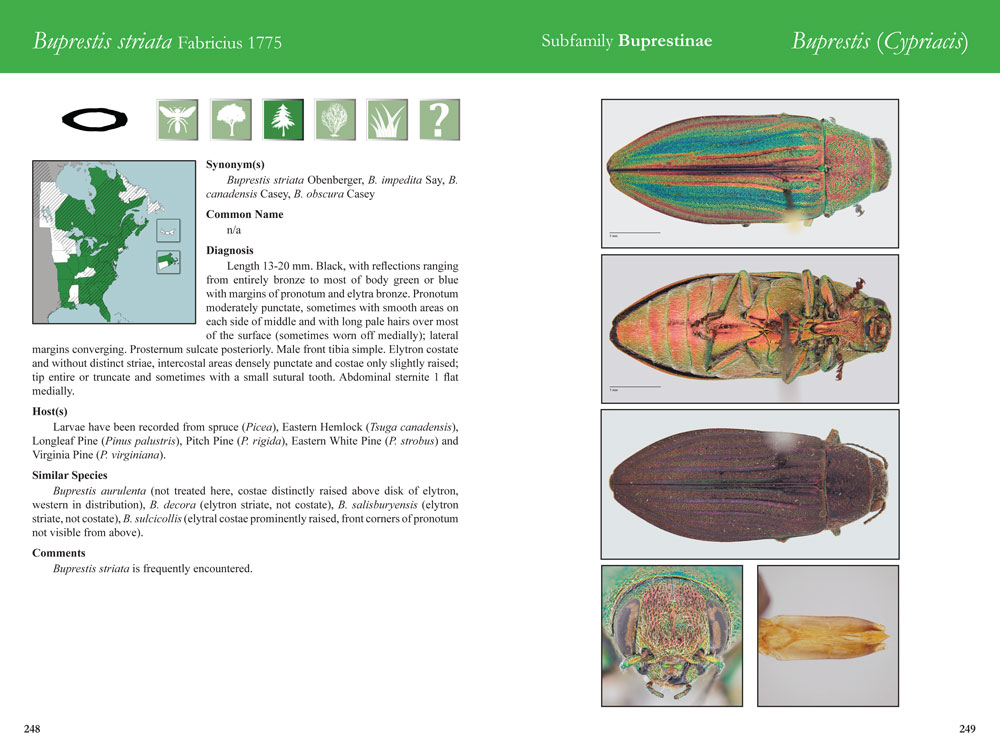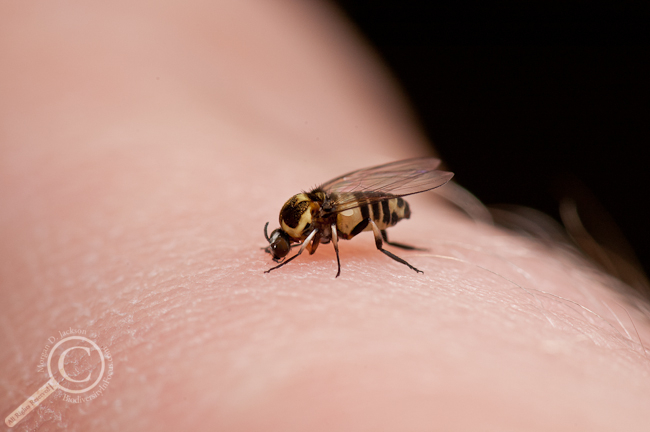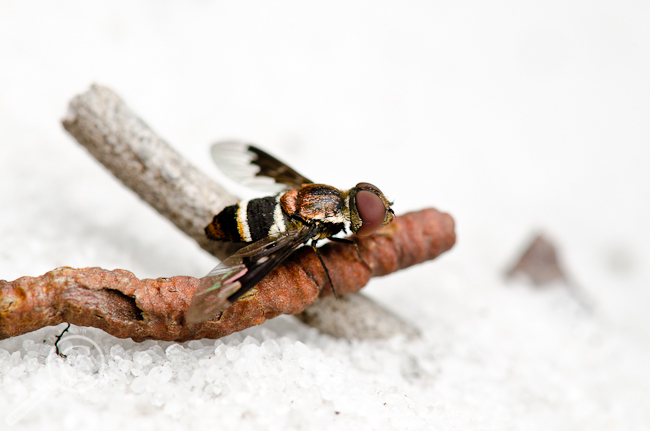Sheldon: Which bees are the best kissers?
Leonard: What? I don’t know…
Sheldon: Euglossa1. Bazinga.
Not only is that a pretty bad joke (even by sitcom standards), but it’s also the scientific name of a newly described orchid bee. Let me introduce you to Euglossa bazinga Nemésio & Ferrari:
Found in the Brazilian Cerrado and other dry, open savannahs, this species was differentiated from the similar Euglossa ignita. According to the authors, Euglossa bazinga is the smallest species in the subgenus Euglossa (Glossura), but it possesses the longest tongue relative to it’s body size. Many taxonomists would perhaps see this as a good character to derive a name from (gigaglossa springs to mind, or perhaps microsomamegaglossa2 for the verbose), so how did Nemésio & Ferrari settle on Euglossa bazinga?
Etymology: The specific epithet honors the clever, funny, captivating “nerd” character Sheldon Cooper, brilliantly portrayed by the North American actor James Joseph “Jim” Parsons on the CBS TV show “The Big Bang Theory”. Sheldon Cooper’s favorite comic word “bazinga”, used by him when tricking somebody, was here chosen to represent the character. Euglossa bazinga sp. n. has tricked us for some time due to its similarity to E. ignita, which eventually led us to use “bazinga”. Sheldon Cooper has also an asteroid named after him (246247 Sheldoncooper).
– Nemésio & Ferrari, 2012
I think this may be a first for a Celebronym, with the species named after a catchphrase rather than the actual character or celebrity! What’s next, a beetle with enlarged fore tarsi named “ayyyyy” after The Fonz? As I’ve mentioned before, I don’t mind these Celebronyms personally, especially when they serve to draw attention to a very special habitat such as the Brazilian Cerrado.
No matter what your stance on Celebronyms, the joke may be on the authors of this new species; Sheldon Cooper is allergic to bees! Bazinga.
_______________
NEMÉSIO A. & FERRARI R.R. (2012). Euglossa (Glossura) bazinga sp. n. (Hymenoptera: Apidae: Apinae, Apini, Euglossina), a new orchid bee from western Brazil, and designation of a lectotype for Euglossa (Glossura) ignita Smith, 1874, Zootaxa, 3590 63-72. Other: urn:lsid:zoobank.org:pub:E9C0A568-8BBC-4E1D-8F05-C7FA1966B0D3
_______________


